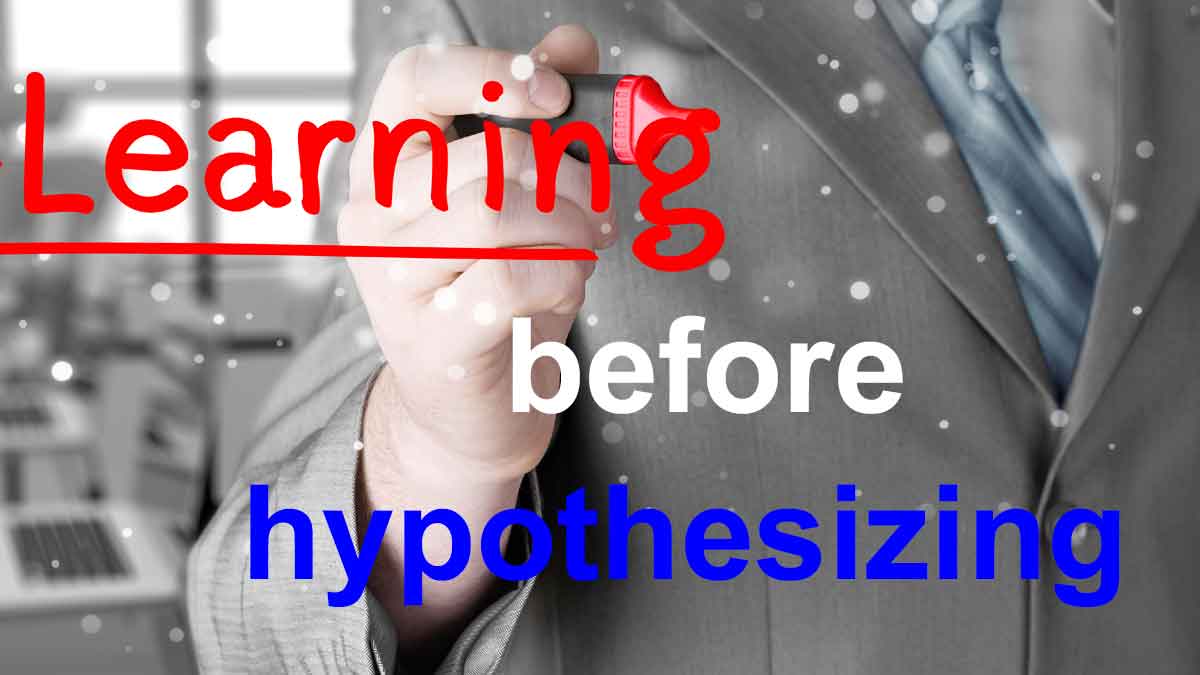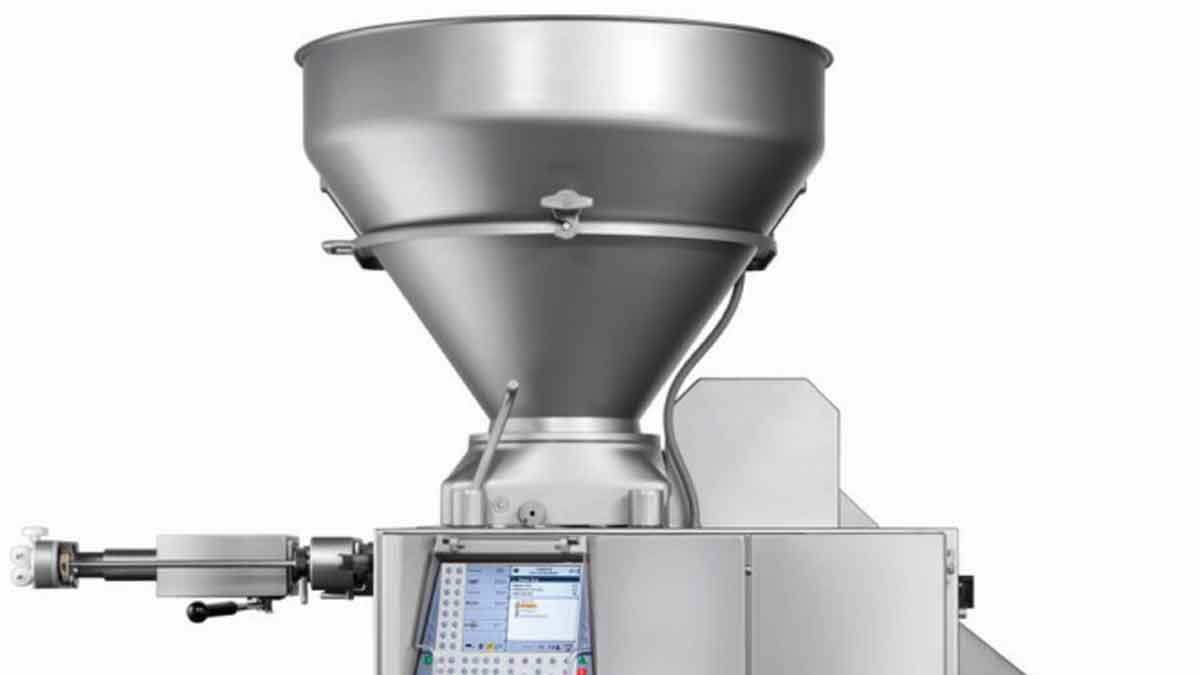With a high-certainty project, you can accurately predict your financial profits. With an uncertain project, you face significant potential downside and upside profits. In B2B markets, you can understand the downside very early. You’ll kill the project cheaply if the downside cannot be eliminated. And reap big upside profits if it can.
More in white paper, Innovating in Unfamiliar Markets (page 5)
Three conditions must be met: 1) A market segment (cluster of customers with similar needs) is clearly defined. 2) The segment is worth winning in terms of size, growth, profit potential, etc. 3) The segment is winnable, i.e., it’s not defended by a well-entrenched competitor. Overlook these conditions and you’ll waste resources. Great market segmentation is key to successful innovation.
More in 2-minute video at 16. Segment by markets for innovation
The “Build-Measure-Learn” cycle in Lean Startup begins with a hypothesis, and is great for B2C. End-consumers can seldom tell you what will amuse them or increase their sense of self-worth. But knowledgeable B2B customer can predict their desired outcomes. So start with a “Learn” pre-step. Customers will tell you all you need if you know how to ask.
More in white paper, Lean Startup for B2B (page 3)
Consider three product development stages: front-end, development and launch. Most projects reach commercial certainty in the launch phase, as sales are monitored. But you can move this certainty to the front-end. Nearly all commercial uncertainty can be eliminated before development using the science of B2B customer insight.
More in white paper, Timing is Everything (page 6)
Picture this: A customer tells your sales rep what they want, who hands it off to your R&D. This clever customer tells your competitors the same thing. Terrific. If more than one supplier crosses the finish line, you can forget any price premium. Try this: You choose the race conditions by targeting an attractive market, and exploring its needs better than competitors. This is one reason why market-facing innovation is superior to customer reactive innovation.
More in 2-minute video at 16. Segment by markets for innovation
Key account management is important to your company. But are you doing it any better than your competitors? You can with Key Account Blueprinting. When you apply traditional New Product Blueprinting to a “market of one,” you’ll lock in that key account, expand your business with them, and learn how to increase your prices. Here’s ... Read More
If you’re asked to cross an unfamiliar chasm, would it be risky? Hard to say. Until you learn if you’ll face a bridge or a tightrope, you can’t assess risk (probability). You’re just uncertain. Many companies fear risk in an unfamiliar market, when they should map out a plan to reduce uncertainty. This is especially easy to do in B2B markets.
More in white paper, www.UnfamiliarMarkets.com (page 2)
Imagine your business stopped innovating, your profits declined, and it is now budgeting time. To salvage next year, you’ll likely cut long-term costs, e.g. R&D or marketing, further reducing your ability to create high-value products. Next year, you’ll have even fewer options. This results in death or irrelevancy. If you’ve started this spiral, pull out quickly.
More in 2-minute video at 9. Avoid the commodity death spiral
If you work inside a corporation, there’s a good chance you’re familiar with near-term cost controls: spending freezes, travel bans, hiring delays, layoffs, and so forth. Maybe you’re a business leader who has implemented these. But… have you considered the price you pay for them? Let’s see why it may be higher than you think. ... Read More
Most financial business reviews are like standing around the output die, exhorting the extruder to do better. But nobody’s checking the feed hopper. It looks like an intelligent meeting, discussing gross margins, price increases and growth rates. But these were predetermined years earlier, largely by your new products, what you put into the feed hopper.
More in 2-minute video at 10. Extend your time horizon
Lean Startup is a powerful approach for quickly testing assumptions and minimum viable products. But B2B customers can articulate their needs in amazing detail—if you know how to ask. If you start with your ideas, instead of diverging to all customer outcomes, you may be converging prematurely and limiting your possibilities.
More in white paper, www.leanstartupforb2b.com (page 2)
What if you could finish your voice-of-customer interviews in just a few weeks, not months? We’re talking about incredibly thorough qualitative and quantitative interviews. You’ll have irrefutable evidence that eliminates most commercial risk. You’ll know exactly which outcomes the market does and doesn’t want you to improve. And you’ll have it FAST. Here’s the good ... Read More
Many companies think they have learned about customer needs when they visit customers to validate their hypothesis or potential solution. They have not. They have learned about market reaction. To a single idea. Their idea. On top of this, it’s likely this customer reaction was distorted by confirmation bias.
More in white paper, www.b2btimingiseverything.com (page 15)
Some executives expect employees to deliver innovation-driven growth without investing in company-wide tools and skills. Either nothing changes, or employees run off changing things in random (Brownian motion) directions. Be intentional about what new behavior is needed, and take unwavering steps to drive it. Tip: Research shows that one of the strongest growth drivers is learning strong B2B voice-of-customer skills.
More in research report, www.b2bvocskills.com













